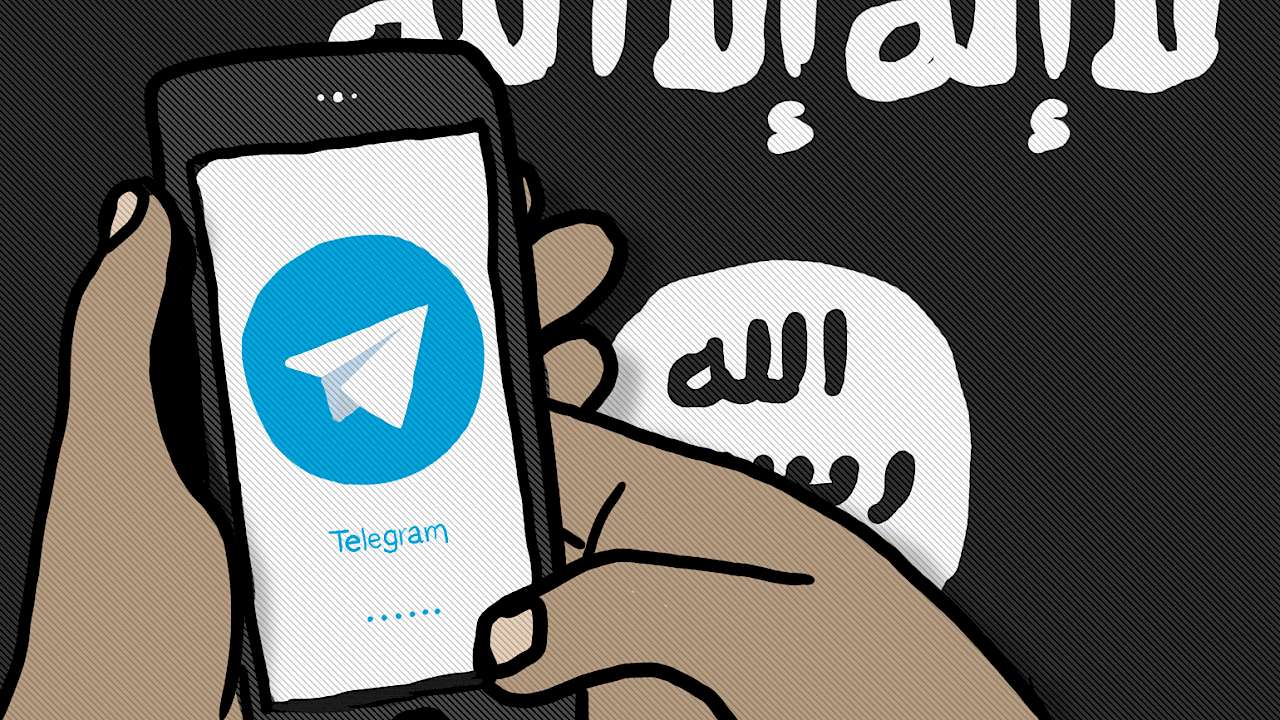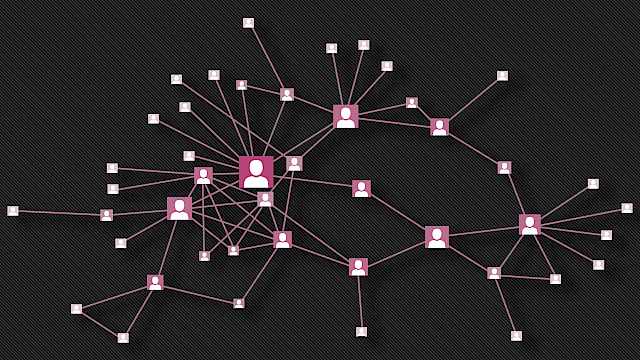A persistent feature of terrorism is communicating a message. Whether broadcast in ancient times by word of mouth – the Assassins perpetrated attacks on feast days to maximise publicity – or televised – Palestinian militants’ chose the 1972 Olympics to maximise news coverage – attempts to amplify terrorist messaging are commonplace.
With the popularity of the internet, and since then, social media, terrorist groups embraced a virtual world and, for many, the online space became their default platform for activities from recruitment, to strategic communications, to raising funds.
Sunni extremist groups such as al-Qaeda (AQ) and the Islamic State group (IS) exploit online platforms to broadcast their messages and disseminate propaganda. Jihadi supporters have constructed an interconnected ‘imagined community’ fostering identity, group cohesion, engagement, while simultaneously encouraging attacks using a variety of digital platforms. IS propagandists and sympathisers were early adopters of Twitter and Facebook in the construction of their ‘virtual caliphate’.
Investigations into terror plots in Russia have demonstrated that Telegram is playing a crucial role in such activity; in contrast to it being a platform for merely spreading propaganda, the platform is increasingly recognised as a source for recruitment and coordination of terrorist plots and attacks in Western Europe.
What is Telegram?
Telegram is an instant messaging service, providing optional end-to-end encrypted communications. It is free and open and has no limits on how much data individual users can download or share. Telegram was launched in 2013 by developers Nikolai and Pavel Durov, the founders of VK (ВКонтакте or VKontakte), Russia's largest online social network.
In 2016 Telegram announced that it had more than 100,000,000 monthly active users and as a result Telegram is delivering 15 billion messages daily.
As social media policing became more aggressive in the past two years, Telegram has largely replaced IS’s online presence on open platforms like Facebook and Twitter. Several thousand channels and groups ensure that IS branded content, videos, manuals, speeches, and writings are disseminated without interruption.
Without research into the dark web, IS social media can appear to be degraded or in decline when, upon closer inspection of their materials in Arabic, their media operations and strategies have simply evolved. IS Telegram has constructed an online ‘imagined community’ allowing supporters to overcome problems of collective action in planning terrorist attacks.
Without research into the dark web, IS social media can appear to be degraded or in decline when, upon closer inspection of their materials in Arabic, their media operations and strategies have simply evolved.
In my research, I explore how the chat rooms and channels grow, how they advertise their content, recruit followers, and resurface after aggressive deletions by security and counter-terrorism personnel. In addition to examining the content and dissemination metrics, my research team observes and analyses the psychologically addictive qualities of the platform and the ways in which behavioural design is used to increase engagement and manipulate reward structures.
Previous studies have examined the effects of excessive social media usage on human behaviour, suggesting that there are addictive properties intentionally designed to maintain user attention and foster both psychological and emotional dependence on the virtual world. IS achieves this by limiting the time that new content, e.g. a video, is available on its channels. Users have to check the channel regularly to ensure they don’t miss this content.
This design combines the fear of missing out (FOMO) with a ‘variable interval schedule of reinforcement’. In practice, this means content reinforces the commitment of the end-user, is varied and is stimulating, abundant, constantly changing and allows only a limited time for response. These qualities are present in other compelling (and addictive) activities (e.g. slot machines, online gambling, and mobile gaming). Such dynamics do not merely encourage behavioural commitment, but foster dependence and addiction.
Why is it important?
Telegram provides key insights into where IS will militarily expand next and allows us to observe and disaggregate the micro-trends that are occurring regionally and sub-nationally. For example, by monitoring the chatter on the channels (and the growth of channels posting) in Bahasa, you can track how the group appears to be expanding in the Philippines.
It is important to understand how terrorist groups use networks to disseminate and recruit new members, but also how best to disrupt and/or to predict changes in social media.
Most of all, in order to counter terrorist propaganda, it is crucial to understand how that propaganda is created and disseminated, and in particular, to urgently understand what strategies IS is deploying to harness and sustain the continued engagement of their online users.
Copyright Information
As part of CREST’s commitment to open access research, this text is available under a Creative Commons BY-NC-SA 4.0 licence. Please refer to our Copyright page for full details.
IMAGE CREDITS: Copyright ©2024 R. Stevens / CREST (CC BY-SA 4.0)







